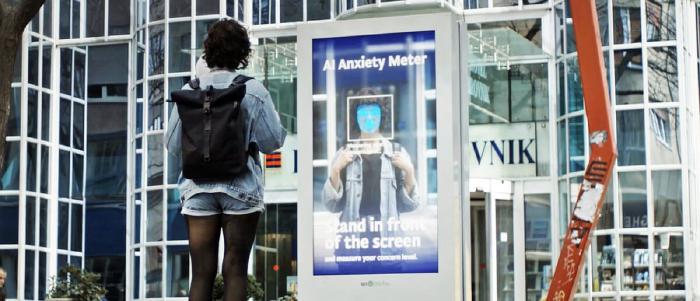
Dec 21 2023
8 min read

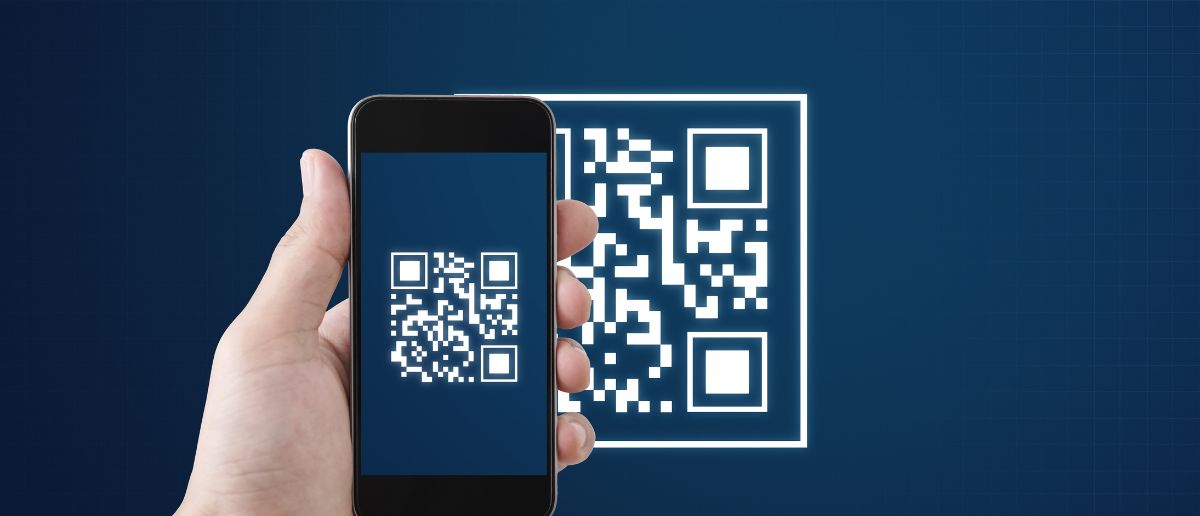
Apr
QR codes are mobile-scannable image-based codes that hold information and URLs, guiding users to a particular webpage.
In today’s digital age, QR code signs have become ubiquitous, seamlessly bridging the physical and digital worlds.They are now commonly seen on public and commercial digital signage displays like digital menu boards, retail advertisement screens, or school bulletin boards. These smart solutions empower businesses to bring forth innovative audience engagement.
Whether you’re a marketer, business owner, or simply curious the QR code technology, this compact guide will provide a quick and insightful overview of QR codes, their benefits, and practical applications across various industries.
Check out the Pickcel QR code app for digital signage that lets you generate and add unique QR codes on your signage screens and use them for any purpose. Register free with Pickcel and try the QR code app (and all Pickcel features) free for 14 days on two displays.
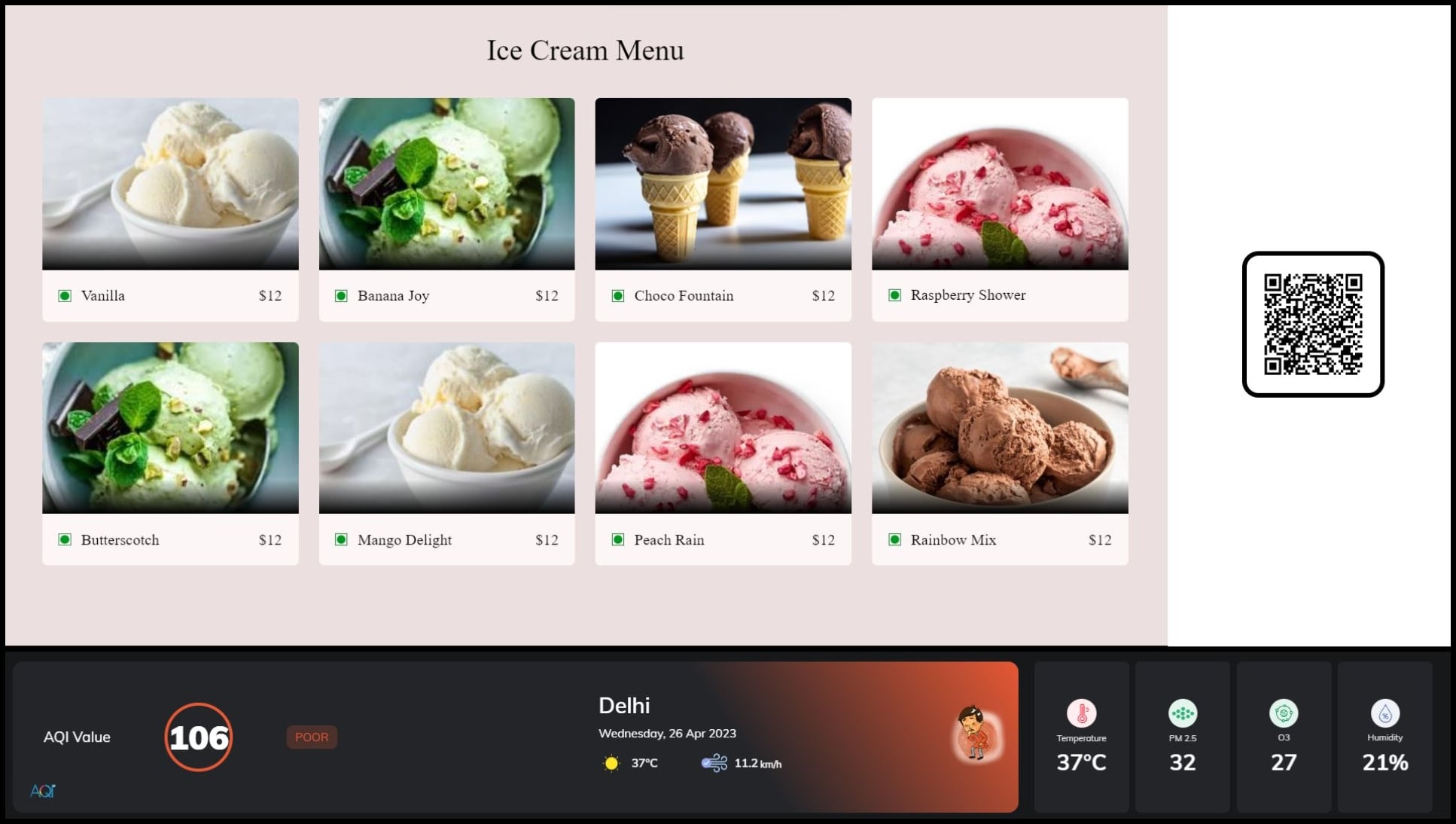
QR code menus are commonplace today (thanks to the pandemic and no-contact service at eat-outs).Besides the daily updation of offers, seasons’ specials, etc., on digital menu boards, restaurants can create QR code signs and add them on-screen so that customers can quickly scan and order from their tables.
This reduces the burden on your restaurant staff and improves the customer experience.
Be it virtual tour guides for local museums or famous tourist spots that make it the UNESCO site, QR codes have got you covered.
In March 2015, the Indian state of Kerala revolutionized tourism by introducing a QR-enabled tourist-info guide via their web and social media pages. This innovative approach empowered travelers to effortlessly explore any destination within the state and access comprehensive information about each place simply by scanning the code.
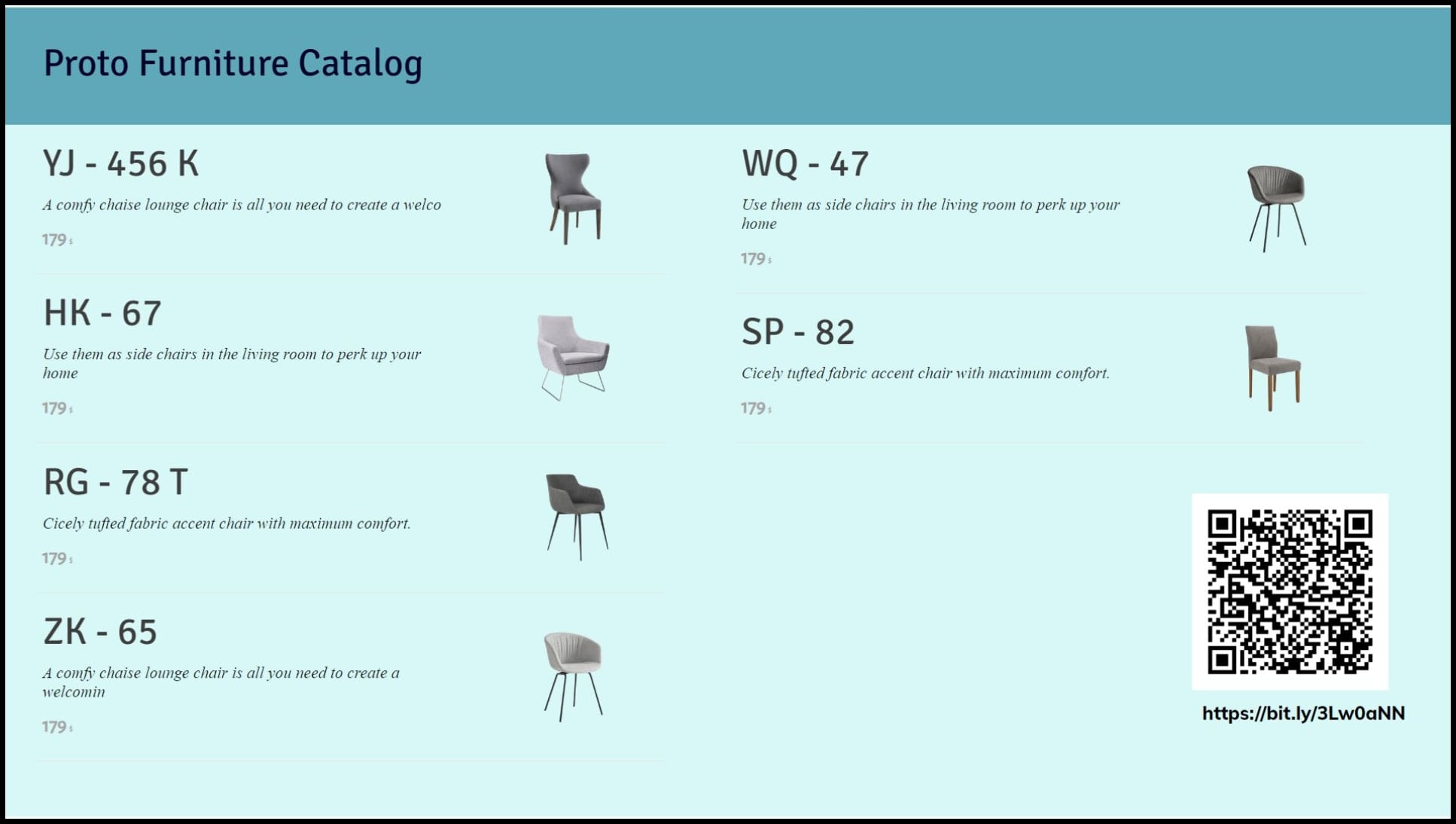
QR codes offer seamless access to customers seeking product brochures, detailed features, price catalogs, and more. They provide a convenient gateway for marketing efforts, enabling virtual view-and-browse experiences and options to explore products and services from the comfort of your audiences’ mobile devices.
Tesco , for instance, has launched a complete virtual store experience for its South Korean market, pulling in the majority to check out the e-tail experience.
QR codes can provide real-time schedules, check-in features, and ticketing information for transportation hubs. Codes on signage screens at bus stops or train stations can help track the real-time status of operations and ensure the open-ended transfer of data.
British Airways has introduced mobile boarding pass QR codes for swift airport check-in! This way, passengers can skip the queue and enjoy a great travel experience while keeping it digital and contactless!
QR codes help with real-time localized notice boards for education institutes. For example, students could scan QR codes posted in their classrooms to access updated schedules, announcements, notices, information, etc. This helps notice access faster and keeps smooth end-to-end communication.
QR codes can provide wayfinding and navigation guide-kiosks in malls, hospitals, and corporate offices. For example, visitors can scan QR codes posted on digital signage screens, such as interactive kiosks, mobile billboards, etc., in these locations to access maps and directions to specific locations.
With QR codes becoming the new info-comm language for businesses, let’s take a look at some key features leading to its popularity:
QR codes serve as the perfect call to action by creating awareness among consumers and onlookers using company logos, color codes, and patterns. For example, a clothing chain might display its latest summer sale offers via QR codes at bus stops, digital signage screens, electronic billboards, etc.
QR codes are a cost-effective way to enhance the success of digital signage campaigns. Software like Pickcel that offer advanced features, such as an App Store, might already come loaded with a QR-code generator App.
QR codes can also provide valuable data on campaign performance. Advanced digital signage analytics helps track the number of scans, interactions, and more and measure the success of their campaigns.
QR codes elevate customer satisfaction and foster loyalty by enhancing the customer experience. A simple scan can make way for instant redirection to a business’ webpage or store locator, granting swift access to information, promotions, and discounts.
Here are a few simple steps to get the best out of your digital signage:
A contrasting color palette ensures that the QR code is legible to be scanned from a distance, even if the screen’s brightness is low. Ensure the code has a white patch background, while the rest of your screen might have graphics if required.
Position the QR code at a suitable height or distance for viewers to ensure optimal visibility. Ideally, center the code on the digital signage screen at a moderate height that accommodates all viewers effectively.
An eye-catching call to action must follow the QR code. This will prompt your potential audience to go ahead and scan the same.
Make full use of your digital signage software via frequent code refreshes. Dynamic QR codes offer the flexibility to update remotely according to your digital signage advertisement needs. This is possible via a cloud-based Content Management System (CMS) that enables changes even after the code is live and accessible to the public.
Take complete control of what you show on your digital signage & how you show it.
Start Free Trial Schedule My Demo
Dec 21 2023
8 min read
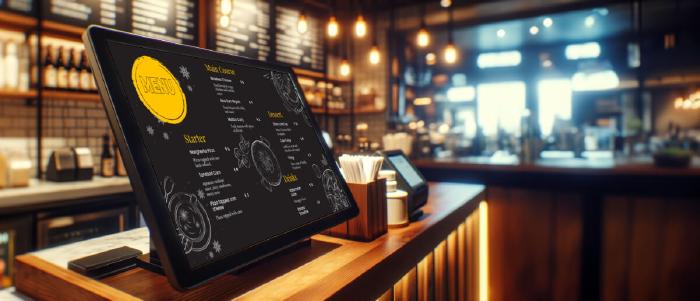
Dec 19 2023
6 min read
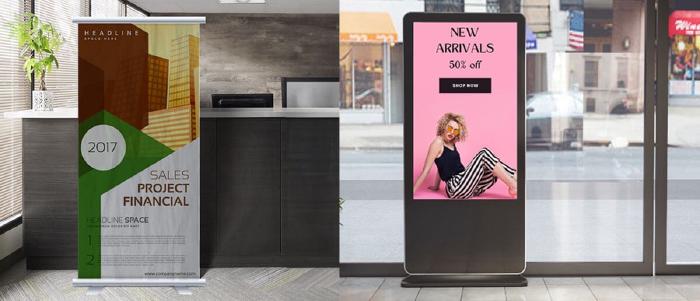
Dec 14 2023
7 min read
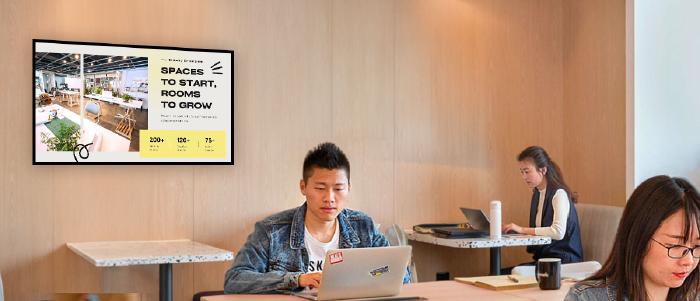
Dec 8 2023
8 min read